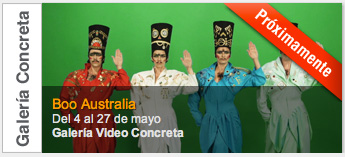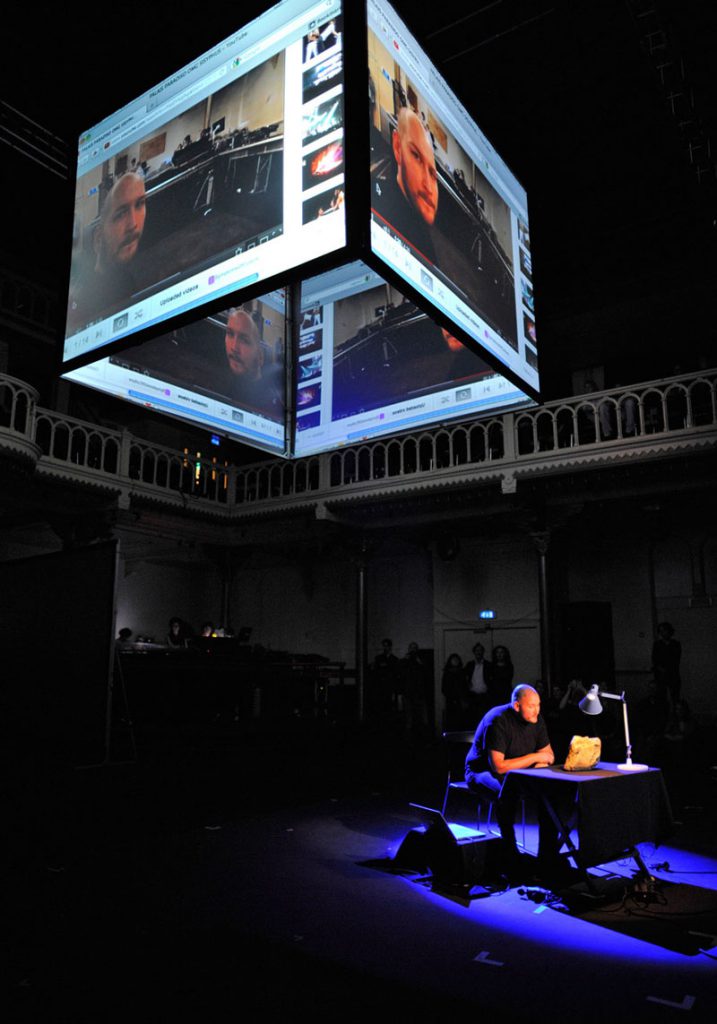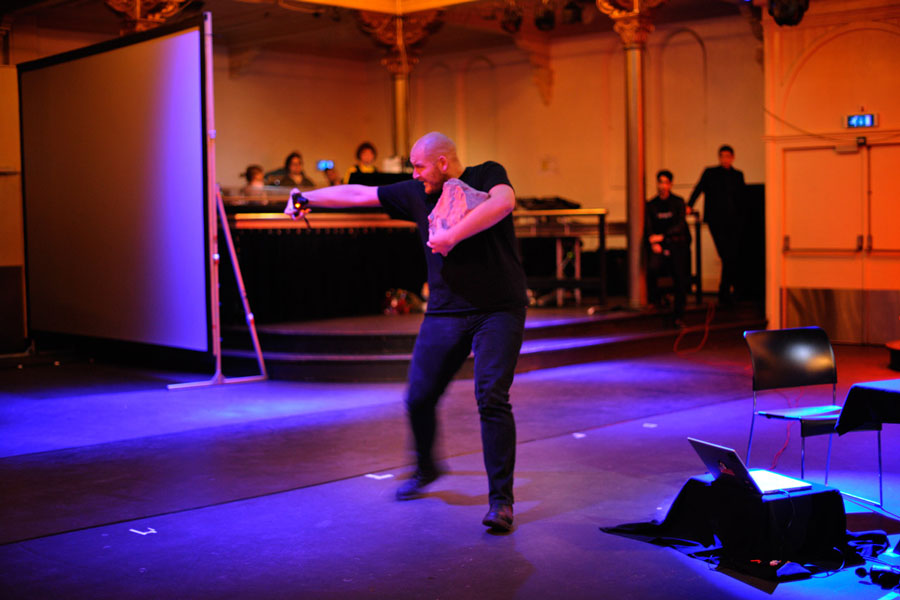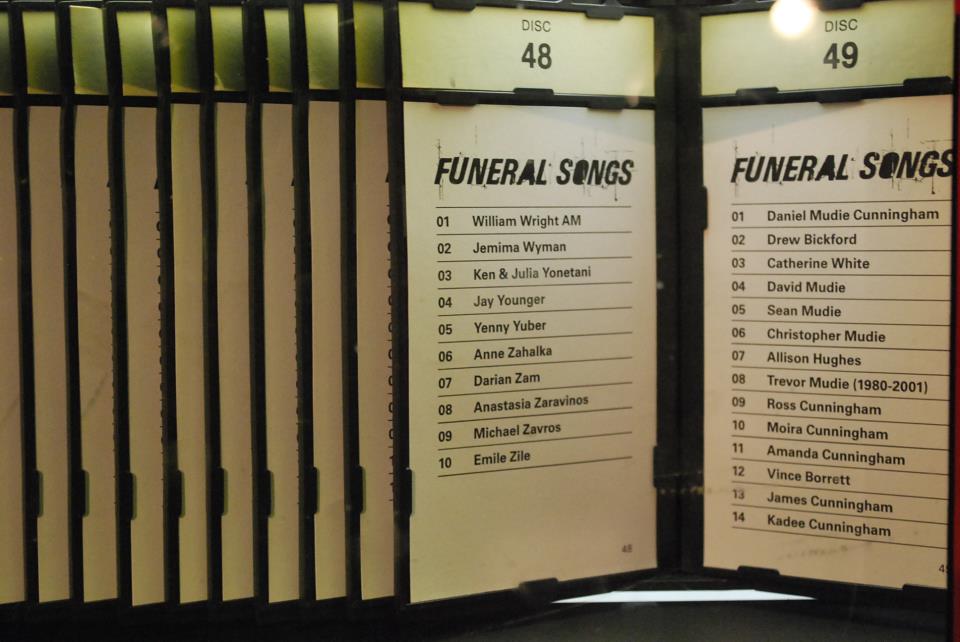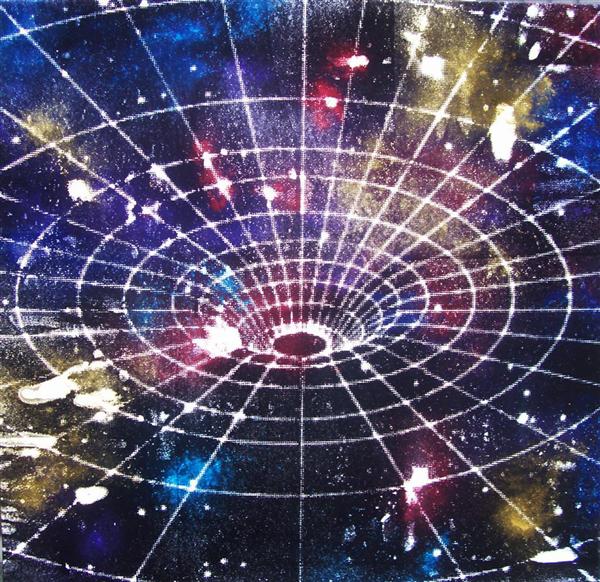1. Laibach – Predictions of Fire 1996
In the early 80’s, an industrial rock band named Laibach emerged out of the Yugoslav republic of Slovenia. Incorporating what many took to be fascist imagery in their performances, they shocked this small Balkan republic and, after signing a recording contract with London’s prestigious Mute Records label, went on to shock the rest of the world as well. Laibach was soon joined by a painting group, IRWIN, and theater group, Red Pilot, at the helm of one of the most ambitious and cutting-edge arts collectives in the world. Modeled after a socialist state bureaucracy, and calling themselves Neue Slowenische Kunst (New Slovenian Arts, or NSK), these three groups became the titular heads of a micro-state within the independent republic of Slovenia. NSK recently began issuing its own passports and opened embassies and consulates in Moscow, Berlin, Ghent, Florence, and in the US.
https://www.youtube.com/watch?v=ziivUUKHf-I
2. Aleksandra Domanovic – Turbo Sculpture 2010
Turbo Sculpture is questioning the emergence of a new kind of public art in ex-Yougoslav republics. The title of the video is a reference to Turbofolk, a popular style of music from the Balkans that freely samples traditional and contemporary sources. A sculpture of Bruce Lee, or of Rocky are politically neutral and common cultural references for the different communities that were at war for over a decade in the 1990s. While the war time Turbo Culture was mostly associated with exaggerated nationalism, almost pornographic kitsch and crime glorification, the post war Turbo boldly contrasts nationalist xenophobia while retaining its stylistic identity.
https://vimeo.com/17523698
3. BBC4 – Nicolae Ceausescu, The King of Communism 2003
Nicolae Ceausescu created a unique personality cult in the 1970s and 1980s, transforming communist Romania into one of the strangest regimes Europe has ever seen. Newspapers had to mention his name 40 times on every page, factory workers spent months rehearsing dance routines dressed as soldiers and gymnasts for huge shows at which thousands of citizens were lined up to form the words Nicolae Ceausescu with their bodies. When the Romanian economy and living standards plummeted in the 1980s, the line between theatre and life blurred completely. Ceausescu went on working visits to the countryside where he inspected displays of meat and fruit made out of polystyrene, and closer to home began work on what would have been the largest palace in the world. At the final parade in 1989, workers walked past their leader to the sound of taped chants and applause.
https://www.youtube.com/watch?v=X5gVsYNGycc


